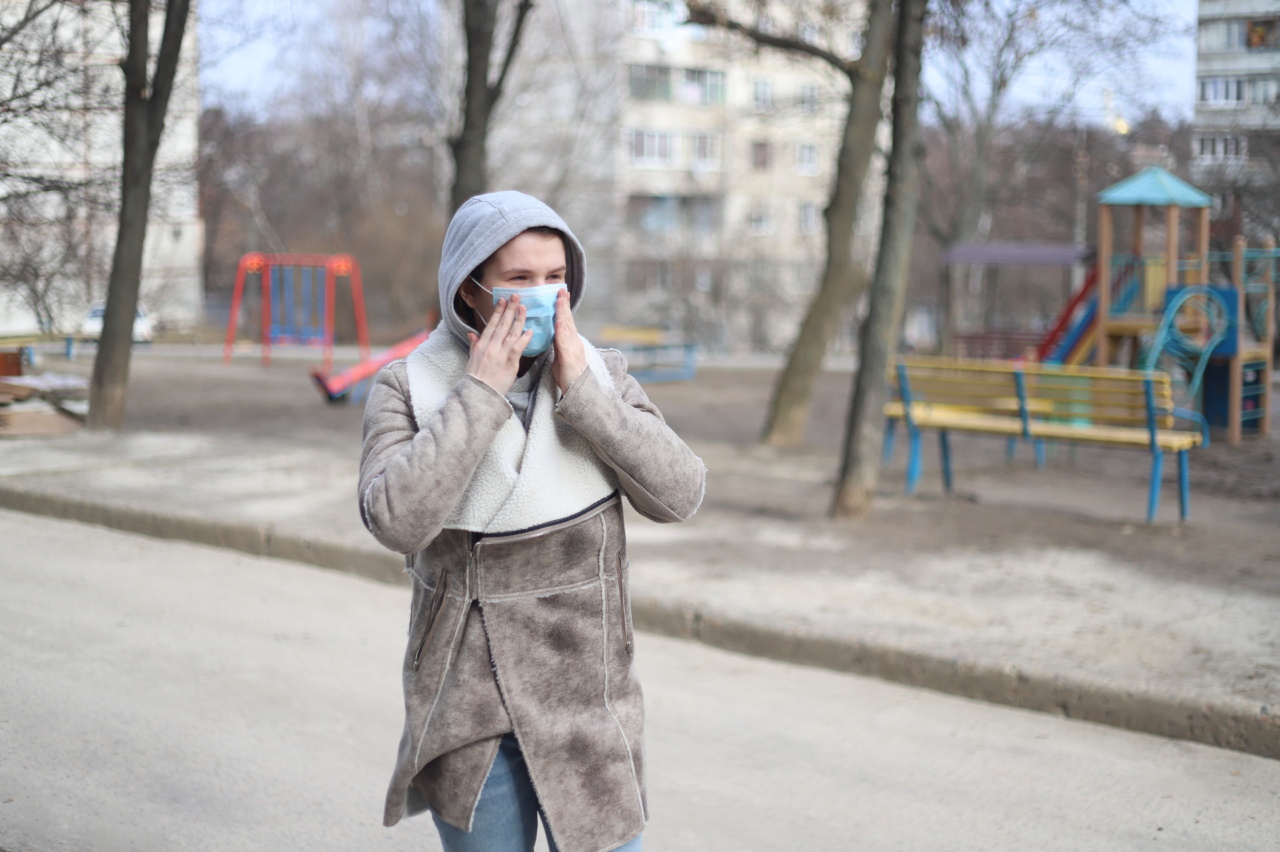Influenza and the common cold are two respiratory illnesses that often get grouped together due to their similar symptoms.
However, there are several key differences between the two, and it’s important to understand them in order to effectively prevent and treat these illnesses. In this article, we will debunk some common myths surrounding influenza and the common cold, providing you with accurate information to stay healthy and protect yourself.
Myth 1: Influenza and the common cold are the same
Contrary to popular belief, influenza and the common cold are not the same. While they are both respiratory illnesses, they are caused by different viruses.
Influenza is caused by the influenza virus, while the common cold can be caused by several different viruses, such as rhinoviruses and coronaviruses.
Additionally, the symptoms of influenza are generally more severe compared to the common cold. Influenza is characterized by sudden onset of high fever, body aches, fatigue, and respiratory symptoms like cough and sore throat.
The common cold, on the other hand, usually presents with a milder fever (if any), nasal congestion, runny nose, and sneezing.
Myth 2: Influenza and the common cold aren’t serious illnesses
Although the common cold is often considered a mild illness, it can still cause discomfort and affect your daily activities.
However, influenza can be a more serious illness, especially in certain populations such as young children, older adults, pregnant women, and individuals with weakened immune systems. Influenza can lead to complications like pneumonia and bronchitis, and in severe cases, it can be life-threatening.
Myth 3: Influenza vaccines can give you the flu
One common misconception is that getting the influenza vaccine can actually give you the flu. This is not true. Influenza vaccines, whether inactivated or live attenuated, do not contain live viruses that can cause the flu.
Some individuals may experience mild side effects after vaccination, such as soreness at the injection site, low-grade fever, or muscle aches. These side effects are a normal response to the vaccine and should resolve within a few days.
Myth 4: Antibiotics can treat influenza and the common cold
Antibiotics are effective against bacterial infections, but influenza and the common cold are viral infections. Antibiotics have no effect on viruses and should not be used to treat these illnesses.
Overuse and misuse of antibiotics can contribute to antibiotic resistance, which is a growing global health concern. Instead, getting plenty of rest, staying hydrated, and using over-the-counter medications to relieve symptoms can help manage influenza and the common cold.
Myth 5: Vitamin C can prevent or cure influenza and the common cold
Vitamin C is often touted as a miracle cure for the common cold, but scientific evidence does not support this claim.
While vitamin C plays a crucial role in maintaining a healthy immune system, taking high doses of vitamin C supplements will not prevent or cure influenza or the common cold. However, it is important to have a balanced diet that includes a variety of nutrients, including vitamin C, to support overall immune health.
Myth 6: You can only get influenza and the common cold during cold weather
Contrary to popular belief, you can get influenza and the common cold at any time of the year, not just during cold weather. These illnesses are primarily spread through respiratory droplets when an infected person coughs, sneezes, or talks.
Close contact with an infected individual or touching contaminated surfaces can also contribute to transmission. While the incidence of these illnesses may be higher during colder months due to factors like closer proximity indoors, the viruses can still circulate in communities throughout the year.
Myth 7: The flu shot is only necessary for the elderly
While older adults are at a higher risk of developing complications from influenza, the flu shot is recommended for individuals of all ages.
Vaccination is an essential preventive measure for reducing the spread of influenza and protecting vulnerable populations. It is especially important for young children, pregnant women, healthcare workers, and individuals with chronic health conditions to receive the flu shot as they are at an increased risk of severe illness.
Myth 8: Natural remedies are just as effective as medical treatments
There are various natural remedies and alternative therapies that claim to prevent or treat influenza and the common cold. However, most of these claims are not supported by scientific evidence.
While practices like hand hygiene, staying hydrated, and getting adequate rest can help prevent the spread of these illnesses, medical treatments such as antiviral medications for influenza have been proven to be effective in reducing the duration and severity of symptoms.
Myth 9: You can’t spread influenza and the common cold if you have no symptoms
It is a common misconception that you can’t spread influenza and the common cold if you don’t have any symptoms. However, both illnesses can be transmitted even before symptoms appear or by individuals who are asymptomatic.
This is why practicing good respiratory etiquette, such as covering your mouth and nose when coughing or sneezing, and regular handwashing are crucial in preventing the spread of these illnesses.
Myth 10: It is not necessary to stay home when you have influenza or a cold
When you have influenza or a cold, it is important to stay home and rest. Going to work or school while sick increases the risk of spreading the illness to others.
In the case of influenza, you should ideally stay home for at least 24 hours after your fever subsides (without the use of fever-reducing medications) to avoid infecting others. Be considerate of those around you and take the necessary precautions to prevent the transmission of these viral illnesses.































